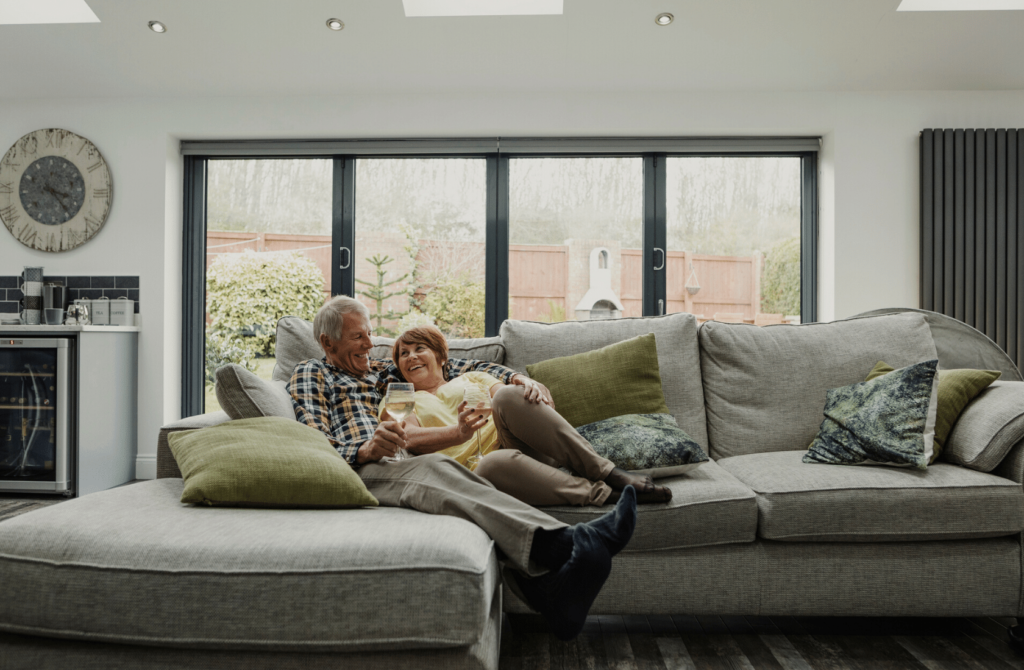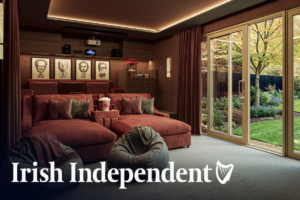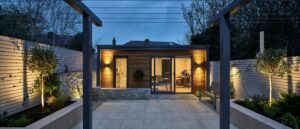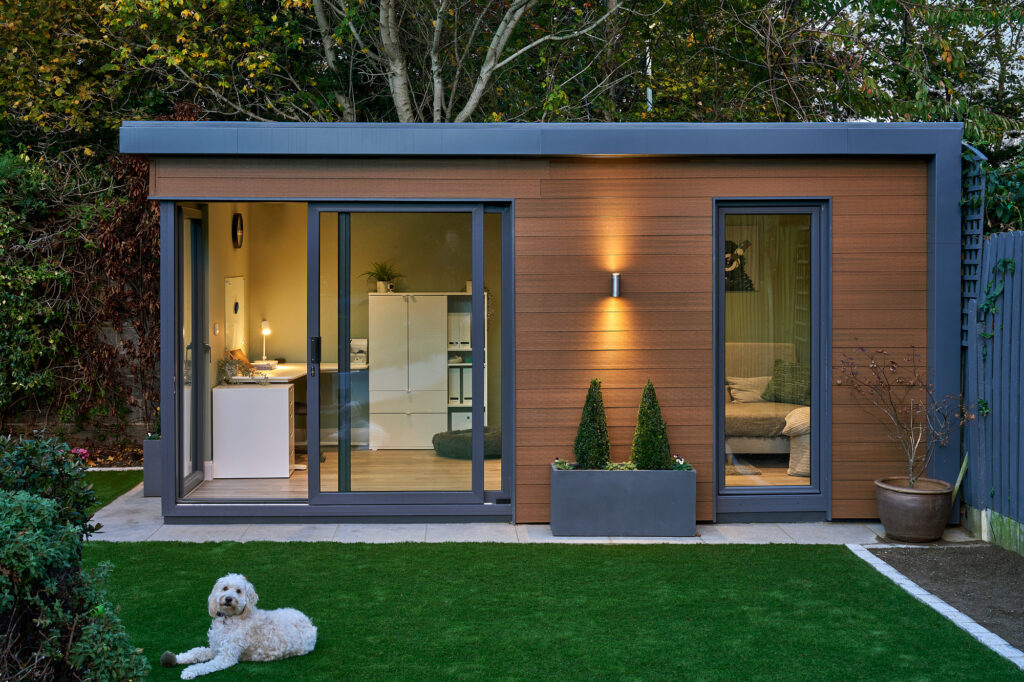Sometimes the space you have just isn’t enough! Whether it’s frustration with your kitchen, need for an open plan area for your family or the kids are growing and need more room, you might start dreaming about a larger home. Luckily, you don’t always have to move away or make drastic transformations.
Home extensions are a simple way to extend your living space without having to go through all that trouble. Not only that, but they also increase home value and allow you to create a space from scratch, entirely based on your vision and practical needs.
There are several critical points you should keep in mind while designing a house extension. Here we share the most important ones:
LET THE LIGHT IN
Everybody wants to live somewhere warm and comfortable, a place where we can be protected from the elements and enjoy nature at the same time. Light plays a large role in this. Even statistics show that rooms with more access to natural light improve our daily routine and mental health.
Most homes that are more than a few decades old have low levels of natural light. People designed them this way because the quality of glazing and insulation was poor, and heating a house was very expensive. Today we have a better window and fitting quality, advanced insulation methods, and efficient heating systems. We can finally let more light into our homes without worrying about the cost.
AVOID THE FISHBOWL EFFECT – LITERALLY
Even though increasing natural light is a good idea, everything has to be well balanced! As a reaction to living in dark dull rooms, people can overdo window installation and end up in an extension that has as much glass as a fishbowl. While it may look great in a photograph, there are certain downsides to having too much glazing. For example, not enough privacy and too much glare and inky black at night or during winter.
We all love natural light and spacious light-filled extensions, but only if the openings are properly thought out and balanced. To find the right ratio, add a few walls that are not made from glass or at least install proper shades like shutters and heavy curtains.
CLERESTORY GLAZING AND ROOF LIGHTS
When increasing natural light, always focus on the window type. Choosing the right window is crucial for the safety and comfort of your new extension. One of the most popular extension and garden room ideas is installing clerestory windows or roof lights.
Clerestory windows are placed above a roofline in higher walls. They catch evening light beautifully and add a great sense of space as the light spreads across your ceiling. Roof lights are openings in the ceiling/roof and provide a beautifully framed view of our ever-changing Irish sky.
Besides providing beautiful views and increasing natural light, they are also great for improving air circulation. Plus, because of their unique positions, they usually conceal more indoor space and therefore protect your privacy.
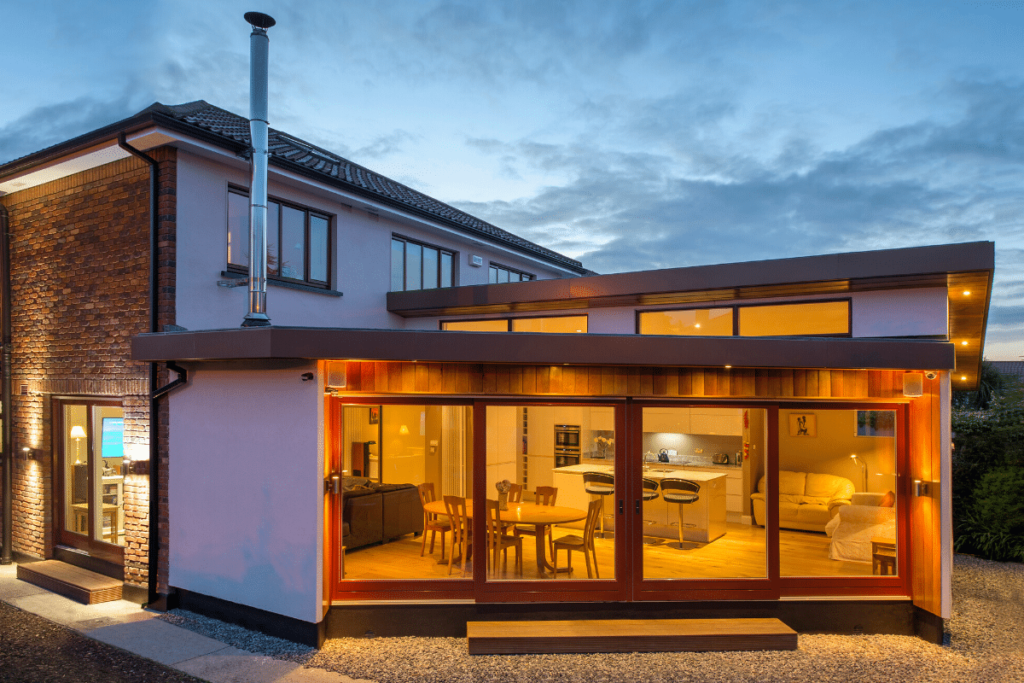
DON’T IGNORE THE EXISTING HOUSE
There must be a master layout plan so that you properly integrate the space of your existing house with the new extension. To optimise the additional living space, you will need reconfiguration of the existing rooms and halls.
Most of the time, we reorganise the existing space and create storage, utility rooms, WC/shower rooms, etc. You can also incorporate these into the new open-plan living area. Whichever path you choose, the final result must be a seamless integration of the old and new. Also, every space you initially asked for should be provided, whether in the extension or the existing space of the house.
THE EXTERNAL LOOK MATTERS AS MUCH AS THE INSIDE
There are reasons we see more pictures of the interior of house extensions than external ones. Beautifying the exterior is harder because there are more challenges involved. For example, the outside has to withstand the onslaught of weather, so the choice of materials is more limited. Plus, every minor situation will influence the final design including how to disguise a bulky parapet detail, how to reduce the possibility of water staining, overhang proportions, choice of wall finishes, window proportions, etc.
Even though there are certain difficulties, try not to forget the exterior. Every problem has a solution if you know how to approach it. The most effective way to design an exterior that’s both functional and beautiful is to choose a designer who specialises in house extension design and a construction company who is experienced and proud of their work.
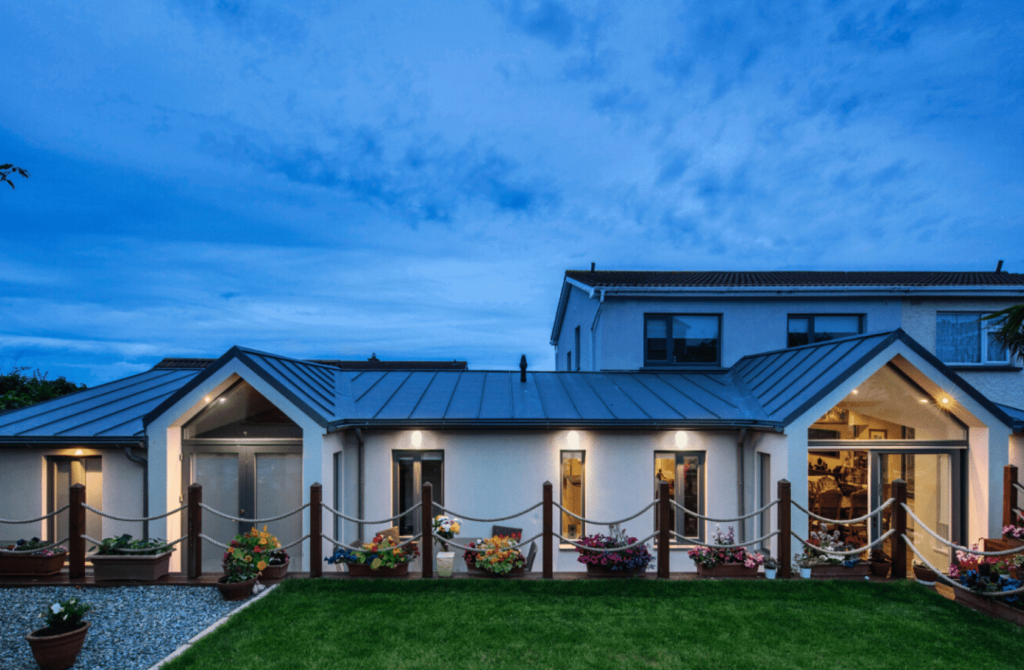
SPACE IS VITAL BUT IT ISN’T THE WHOLE STORY
If you think that a large extension is going to solve all your problems, be careful! The design quality is more important than the amount of space you add. Believe it or not, we have gone into homes and told clients they don’t need a house extension but a reconfiguration of their existing space. Yes, we have walked away from business because we believed it would be better (and less expensive) for the homeowner.
Before you schedule your house extension, check all the other alternatives. In some situations, even a small furniture change can make all the difference for your home and needs.
VOLUME AND LIGHT MAKE THE SPACE BIGGER
All of us have been in rooms that feel dark and claustrophobic, even though the room isn’t small at all. So going out and across isn’t the only way to get more space, or more importantly—the feeling of more space. Colours, ceiling height, the amount of natural and artificial light… everything plays a role in the room’s final feel and look.
Sometimes the solution doesn’t involve tearing down walls and digging trenches. Instead, it all sums up to clever design. Play with vertical and horizontal lines, furniture position, and natural light to achieve the feel and illusion of a larger space.
OPEN PLAN CAN BE BROKEN PLAN
Open plan living areas have a kitchen or dining room and a living room, all within one space. The challenge can be to have the three spaces delineated while still keeping the appearance as one large open area for a family to enjoy. A great designer must give thought to how the spaces are defined and separated.
There are several ways to define a space, and most are not that complicated. You can divide your open-plan with bookshelves, kitchen islands, room dividers, different wall colours, etc. A common mistake to avoid though is having a large space in the middle that belongs nowhere. So when designing your extension, make sure everything belongs in its right place and complements the rest of the house.
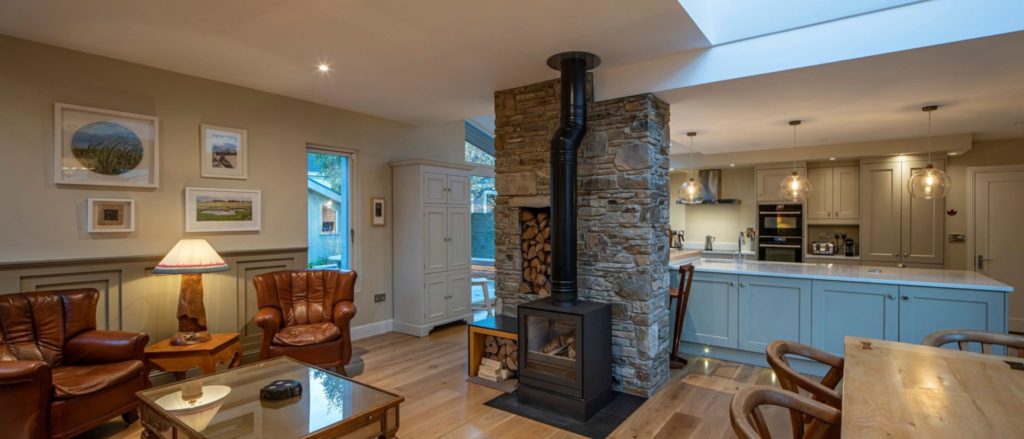
KITCHEN LOCATION COMES FIRST, THE REST WILL FOLLOW
The kitchen should be a priority whether you are redesigning your existing house or building a home extension. It is and will remain the heart of every home! Kitchens are the go-to place in the house, whether you spend time with family, enjoy a sunny morning view, or relax with a glass of wine after work.
Because it’s the focal point of your daily life, the best position for a kitchen in an open floor plan is right at the center. This way you can easily move throughout the space. For an L-shaped living space, it’s best to place the kitchen at the intersection of the L.
KITCHEN LAYOUT IS KEY
Once you figure out the position of the kitchen, it’s time to focus on the layout. Trust us, if you find a suitable solution, you will greatly enhance the quality of your life at home. Nobody wants a constricted kitchen where you can’t open the dishwasher while somebody is walking by or the person at the sink is in the way of the person at the hob.
Many have heard of the kitchen work triangle–fridge, sink, and cooker. Yes, their placement is important but try to ask yourself these questions as well:
- What distance should an island be from the other cabinetry?
- Should the cooker or sink go on the island?
- How much counter space should I add?
- Should I add floor-to-ceiling cabinetry?
The best layout is one that fits your needs and habits. For example, if you usually dine on your kitchen island, avoid placing the sink or cooker there.
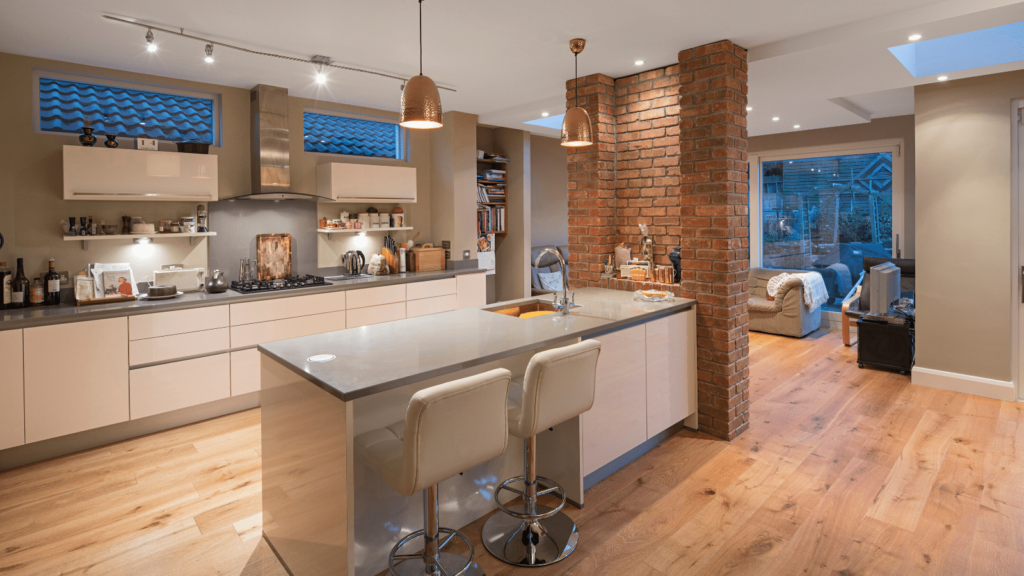
DON’T SWEAT POOR ORIENTATION
Some people think that an extension will only make the house darker. But with clever design, you can turn what is now “dark” space into a light-filled family spot. Everything matters in this situation, including the location and size of the extension. If your garden is facing the North, we can capture light from other directions through the positioning of walls and windows. The previously mentioned clerestory windows and roof lights can help you capture light from the East and West for a lovely morning or afternoon.
So don’t be afraid of the dark! With the right design and proper integration of your existing space, we will eliminate all potential for dark spots in your home.
MAKE IT WORK 365
When designing a house extension, try to envision every corner. You don’t want to focus on one spot and neglect the other areas of your extension. Think of it as one big panorama in which everything should be carefully chosen and placed.
Most importantly, make your new extension weather-friendly. Make it work all year round! Because what’s the point of building an extension, whether it’s a sunroom or extra living room, if you can’t enjoy it during cold winters and steamy summers? Achieve this balance by installing quality insulation, windows, roofs, and floors. Ones that can provide maximum energy efficiency and comfort.
